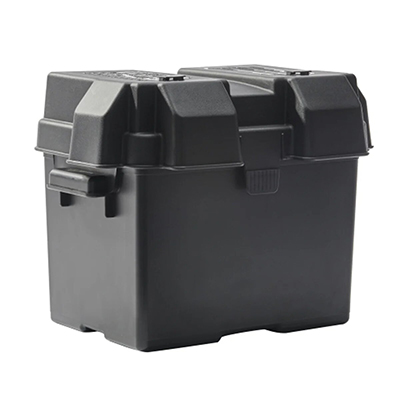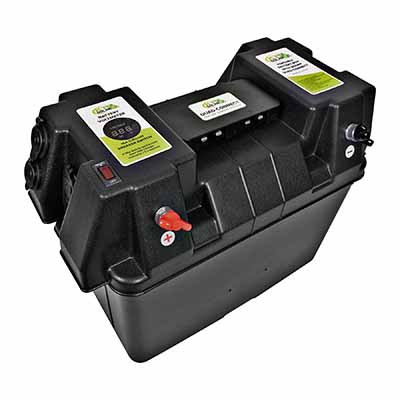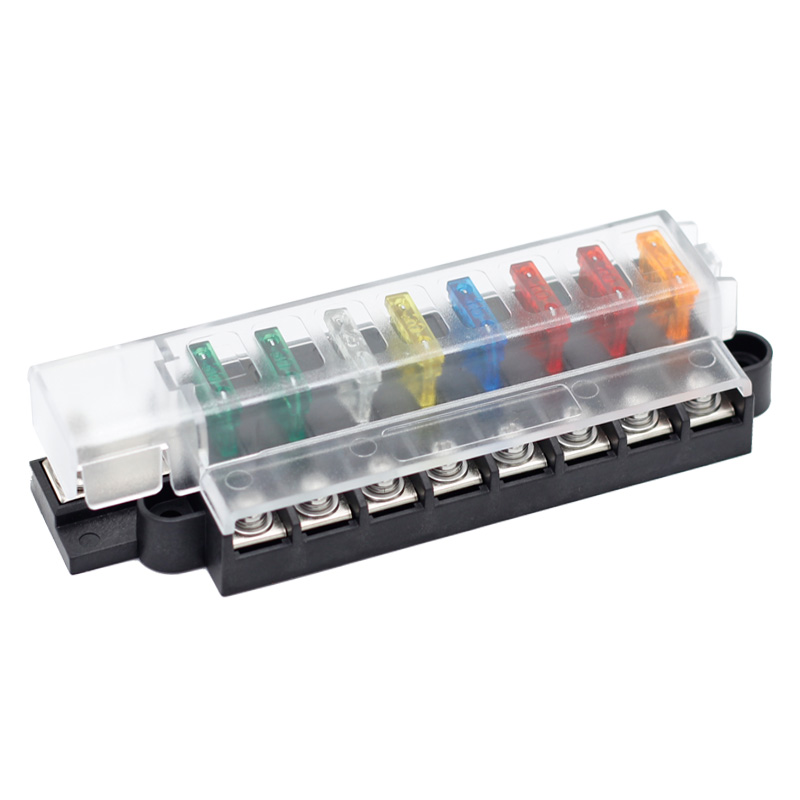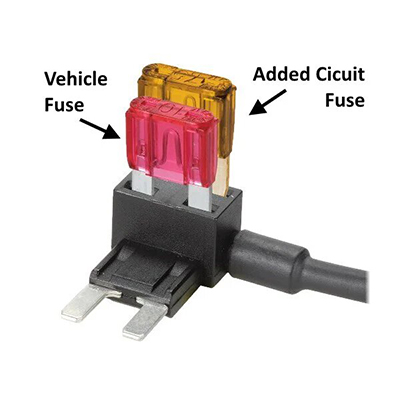Advanced Techniques for Insulating Your Vehicle’s Battery Compartment to Withstand Winter Cold
News 2025-10-20
Insulating a car battery box is essential for reliable vehicle performance during winter months. Cold temperatures can drain battery power quickly, leading to starting problems and reduced lifespan. In regions with harsh winters, such as the northern United States or Canada, proper insulation helps maintain optimal battery temperature, ensuring dependable starts and enhancing overall vehicle safety. This process not only addresses immediate cold-weather challenges but also offers long-term benefits like improved energy efficiency and cost savings on replacements.

Materials Required
Battery insulation requires specific materials to achieve effective thermal protection. High-density foam or specialized battery blankets provide excellent heat retention, while weather-resistant tape and cable ties ensure secure installation. Opt for moisture-proof options to avoid corrosion, which is common in wet, snowy conditions. These materials offer superior performance by minimizing heat loss, allowing the battery to operate efficiently even in sub-zero temperatures, thus extending its service life and reducing the risk of failure during critical moments.
Step-by-Step Insulation Process
Start by thoroughly cleaning the battery box to remove any dirt or moisture that could compromise the insulation. Measure and cut the insulation material to fit precisely around the battery, covering all sides without obstructing vents. Secure it firmly with tape or ties, and seal any gaps to block cold air. This method enhances battery performance by stabilizing internal temperatures, preventing the electrolyte from freezing and maintaining consistent voltage output, which is crucial for reliable engine starts in winter driving scenarios.
Frequently Asked Questions
1. What materials work best for insulating a car battery box?
Foam-based insulators or battery blankets are ideal due to their high thermal resistance and flexibility for custom fits.
2. How does proper insulation benefit battery performance in cold weather?
It keeps the battery warmer, reducing internal resistance and ensuring efficient chemical reactions for better starting power.
3. Is it necessary to remove the insulation during warmer months?
Not always, but checking and adjusting seasonally can prevent overheating and maintain optimal battery health.


